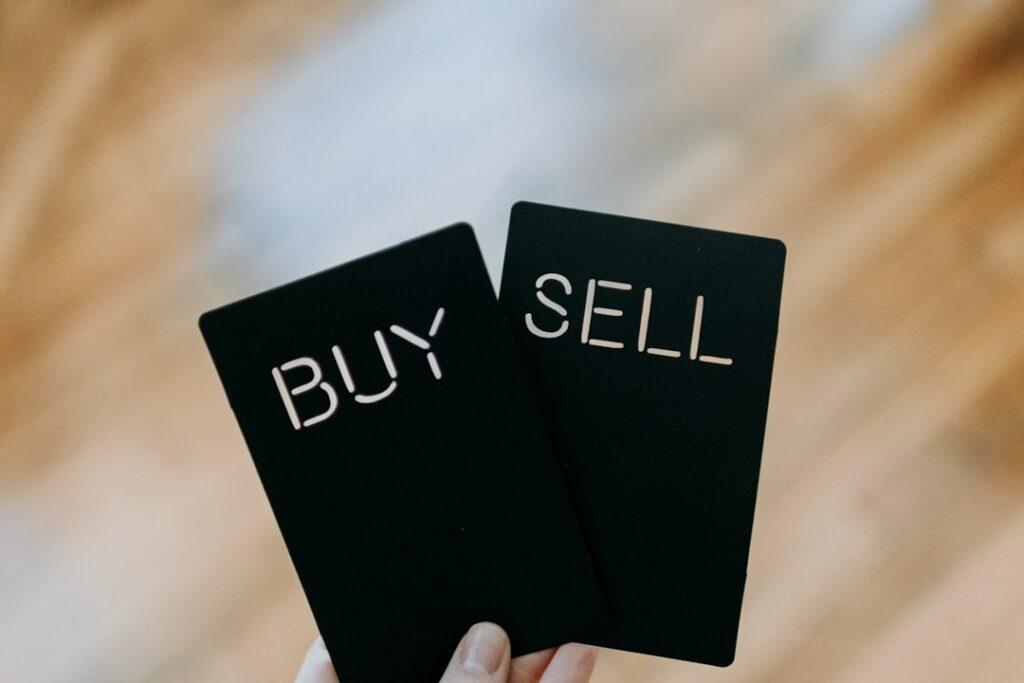Step 1: Prepare Your Items for Sale
Research What Sells Well and for How Much
Before listing, use eBay’s “Sold Listings” filter to see what similar items have recently sold for. Navigate to eBay.com, search for your item (e.g., “vintage Levi’s 501 jeans”), then on the left sidebar, scroll down and check the box next to “Sold Items.” This shows actual selling prices, not just asking prices. Pay attention to variations in condition, size, and specific features that impact value. For example, a “new with tags” item will command a higher price than a “used – good condition” one. This research helps you price competitively and identify items with strong demand.
Clean, Repair, and Photograph Your Items
Thoroughly clean all items before photographing. For clothing, wash and iron them. For electronics, wipe down surfaces and screens. If an item has minor defects that can be easily repaired (e.g., re-attaching a button, replacing a battery), do so to increase its appeal and value. Take multiple high-quality photographs in good lighting (natural light is best). Use a plain, uncluttered background. Include photos from various angles, close-ups of details, and any imperfections (e.g., a small scratch). For clothing, show front, back, tags, and any unique features. Aim for at least 5-7 clear photos per listing.
Step 2: Create Effective eBay Listings
Write Compelling Titles and Descriptions
Your title is crucial for search visibility. Include relevant keywords that buyers would use, such as brand, model, size, color, condition, and key features. Maximize the 80-character limit. For example, instead of “Old Phone,” use “Apple iPhone 12 Pro Max 256GB Graphite Unlocked Excellent Condition.” In the description, provide a detailed, honest account of the item. Include dimensions, materials, condition specifics (e.g., “minor scuff on back, see photo”), and any included accessories. Use bullet points for readability and clearly state what is and isn’t included. Be transparent about flaws to manage buyer expectations.
Set Competitive Pricing and Shipping Options
Based on your research in Step 1, choose a competitive price. You can use “Buy It Now” for a fixed price or “Auction” for potentially higher bids. For auctions, set a realistic starting price and consider adding a “Buy It Now” option. For shipping, offer a few options: a standard economy service (e.g., USPS First Class/Priority Mail) and potentially an expedited option. Accurately weigh and measure your packaged item to calculate shipping costs. You can offer “Free Shipping” by building the cost into your item price, which often attracts buyers. Clearly state your handling time (e.g., “ships within 1 business day”).
Step 3: Manage Your Sales and Ship Items
Communicate Effectively with Buyers
Respond promptly and politely to buyer questions, ideally within 12-24 hours. Clear communication builds trust and can prevent issues. After a sale, send a brief, courteous message thanking the buyer and confirming when the item will ship. If there are any unforeseen delays (e.g., severe weather impacting shipping), proactively inform the buyer. Provide tracking information as soon as the item ships. Good communication fosters positive feedback.
Package and Ship Items Securely and Promptly
Use appropriate packaging materials: sturdy boxes, bubble wrap, packing peanuts, and tape. Ensure the item is well-protected against movement and impact during transit. Print your shipping label directly through eBay for convenience and automatic tracking uploads. Ship items within your stated handling time (e.g., 1-2 business days). Take the package to the post office or schedule a pickup. Retain proof of shipment until the buyer confirms receipt and leaves feedback.
Step 4: Optimize for Future Success and Growth
Provide Excellent Customer Service and Handle Returns
Strive for 5-star service. If a buyer has an issue, address it calmly and professionally. For returns, follow eBay’s policies and your stated return policy. If a buyer claims “item not as described,” even if you disagree, consider accepting the return to avoid negative feedback or an eBay case. A smooth return process can turn a potentially negative experience into a neutral or even positive one, preserving your seller reputation.
Analyze Your Sales and Seek Feedback for Improvement
Regularly review your “Seller Hub” on eBay. Analyze which items sold quickly, which took longer, and your profit margins. Pay attention to buyer feedback, especially any constructive criticism. Use this data to refine your sourcing, pricing, listing strategies, and customer service. For example, if multiple buyers mention slow shipping, you know to improve your handling time. Continuously learning and adapting is key to long-term success on eBay.
FAQs
Q: How much does it cost to sell on eBay?
A: eBay charges an insertion fee (for listing an item) and a final value fee (a percentage of the selling price, including shipping). These fees vary by category and whether you have an eBay Store subscription. Most individual sellers get a certain number of free listings per month. Always check eBay’s current fee structure on their “Selling fees” page for the most accurate information.
Q: What are the best items to sell on eBay for profit?
A: High-demand categories often include electronics (especially used smartphones, cameras), designer clothing and accessories, collectibles (coins, stamps, sports memorabilia), vintage items, and unique niche products. Items that are small, lightweight, and easy to ship generally have better profit margins. Researching “sold listings” for specific items is the best way to identify profitable opportunities.
Q: How do I protect myself from scams as an eBay seller?
A: Always ship to the address provided by eBay and never to an alternative address requested by the buyer. Use tracked shipping for all items. Document the item’s condition with photos before shipping. Be wary of buyers who offer to pay outside of eBay or send overpayments. If an issue arises, always communicate and resolve it through eBay’s platform to ensure you’re covered by seller protections.
Q: Can I start selling on eBay without much capital?
A: Yes, absolutely! Many successful eBay sellers start with items they already own but no longer need (e.g., old electronics, clothing, books, unused gifts). This “decluttering” approach allows you to generate initial capital and gain experience without significant upfront investment. You can then reinvest your profits into sourcing more items.




